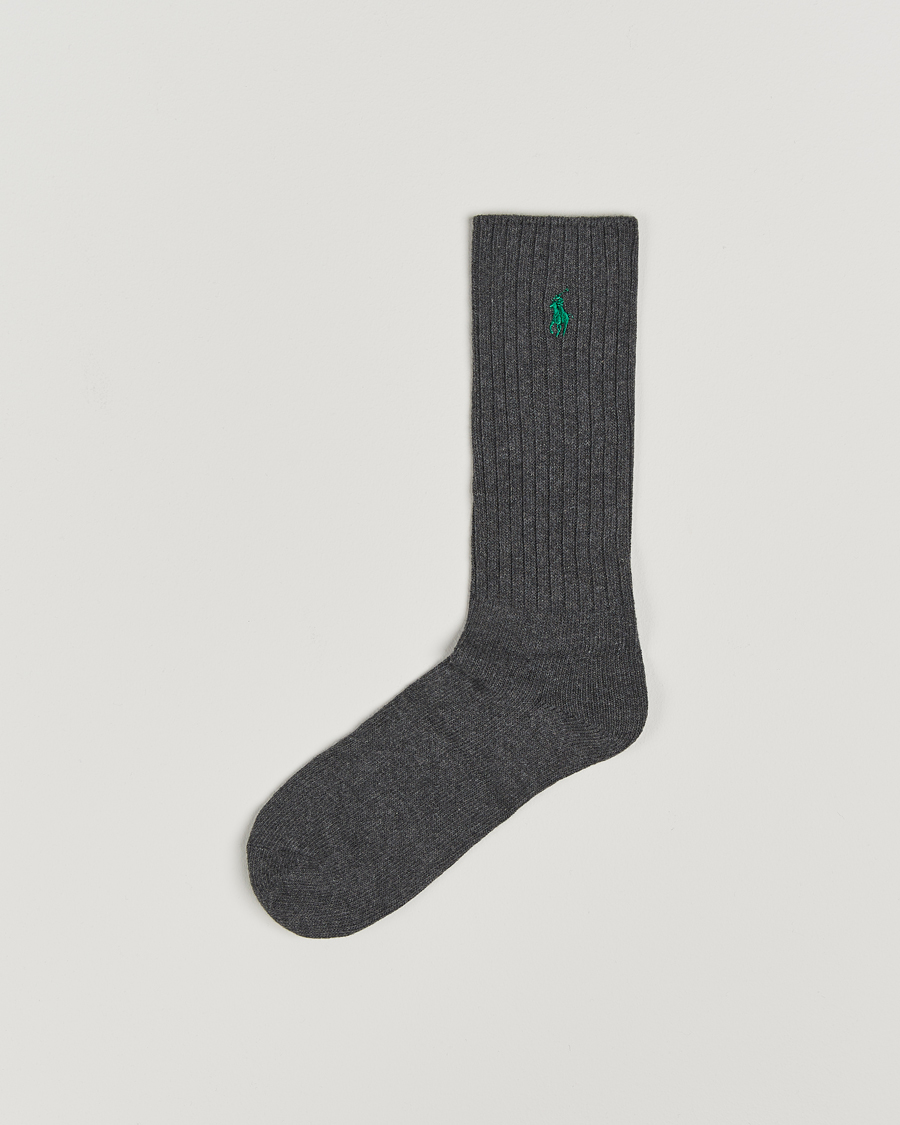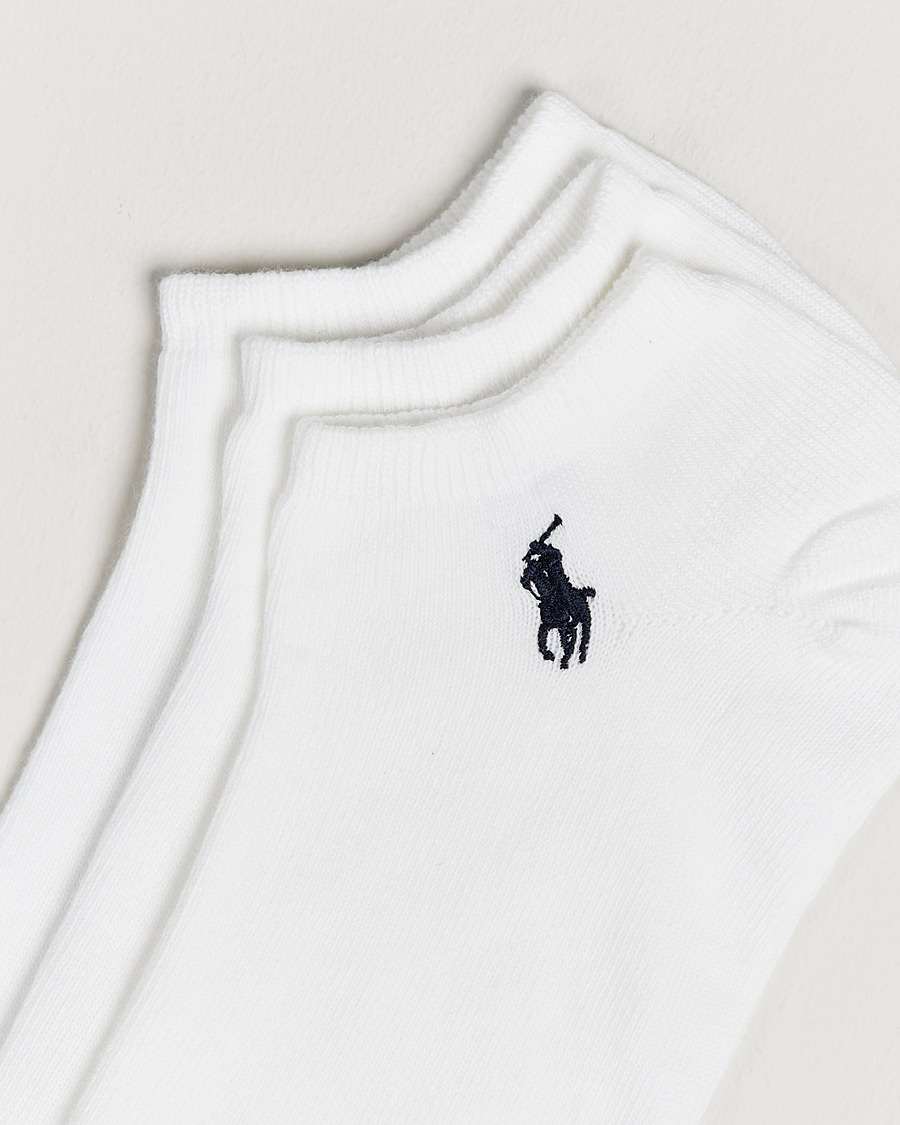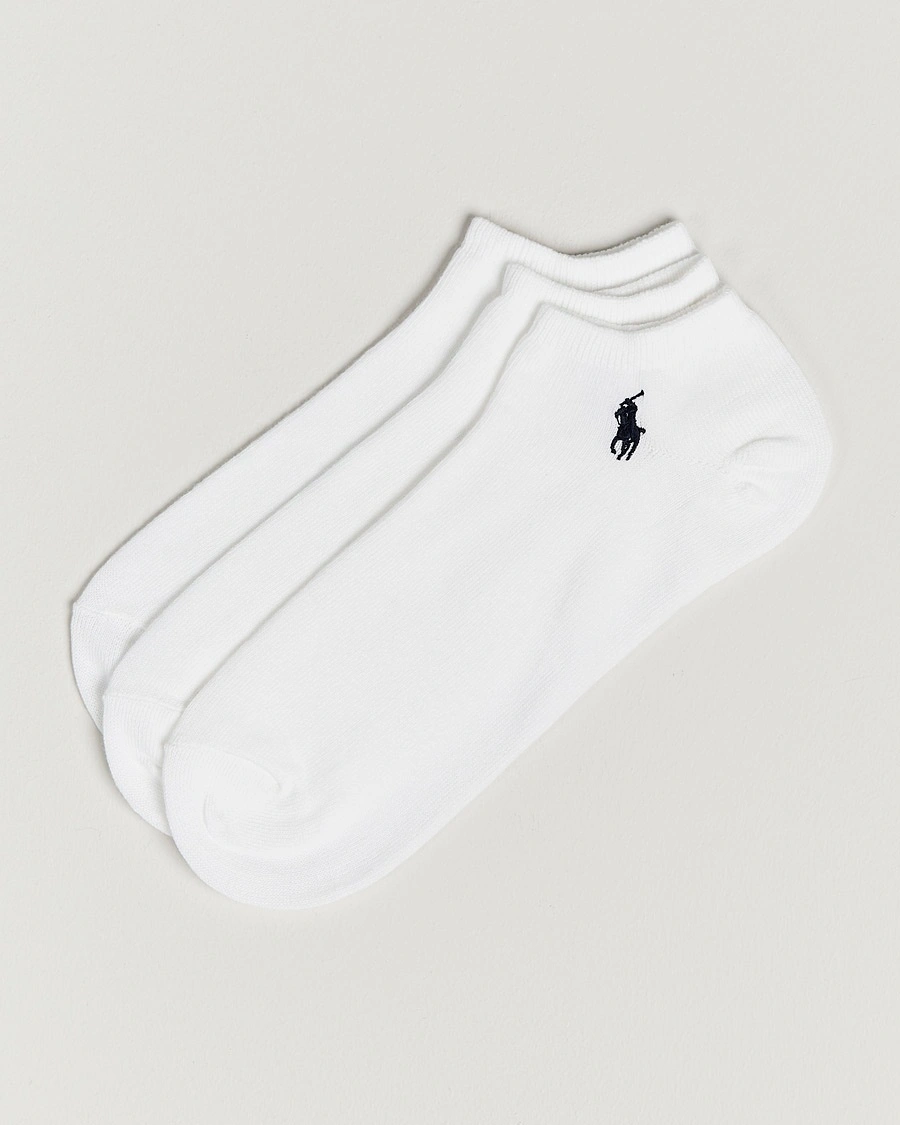
Unique Watches and Their Significance

Text: Mikael Vallin
Photos: Phillips & Analog/Shift
Rolex MilSub
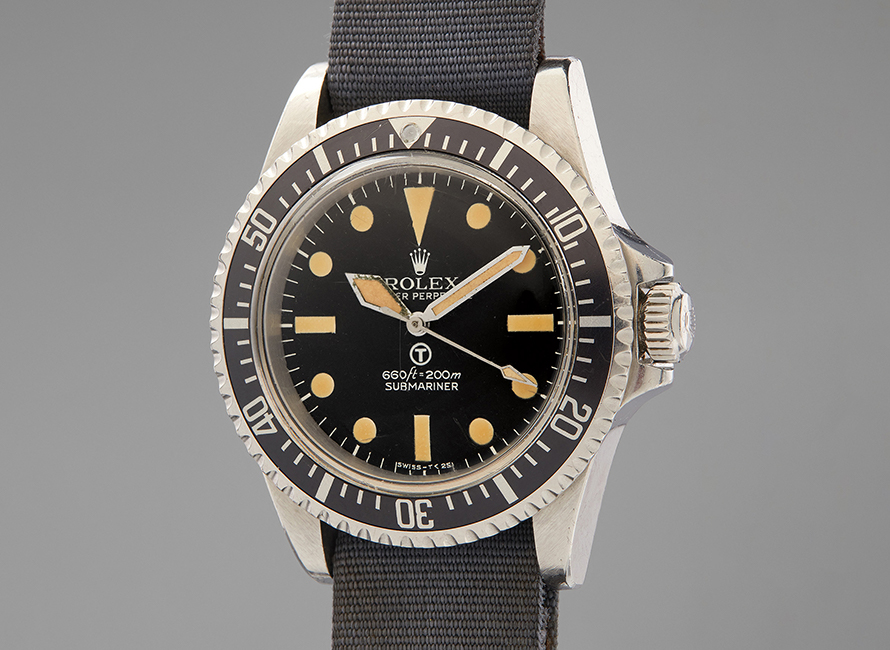
Every man with an interest in watches knows about the Rolex Submariner. When you learn more about its history, you begin to understand the significance of the model’s provenance. This provenance tells the story of a particular watch – who wore it, where they wore it, and why they wore it. The Rolex MilSub, for example, is a bespoke version of the Rolex Submariner that was issued to military personnel at the UK’s Ministry of Defence (M.O.D.).
During WWI, combat divers, known as 'frogmen', took on an increasingly central role. For them, a reliable watch was cruicial. The Ministry of Defence (M.O.D.) approved Rolex as its supplier of divers' watches in 1957. Their A/6538 reference model was then modified to make it even more suited to its purpose - its bezel was enlarged for better grip when wearing gloves and its material was switched to a softer metal alloy designed to deform, rather than shatter, under extreme stress. Fixed lugs were chosen which, together with a new nylon strap, made the watch almost impossible to lose. The M.O.D.'s technicians switched the luminous coating from a (radioactive) radium-based formula to one based on tritium, leading to the unmistakable 'T' on these models. Moreover, the MilSub model was the first Rolex to be worn by Sean Connery in his role as James Bond.
Hamilton Ventura
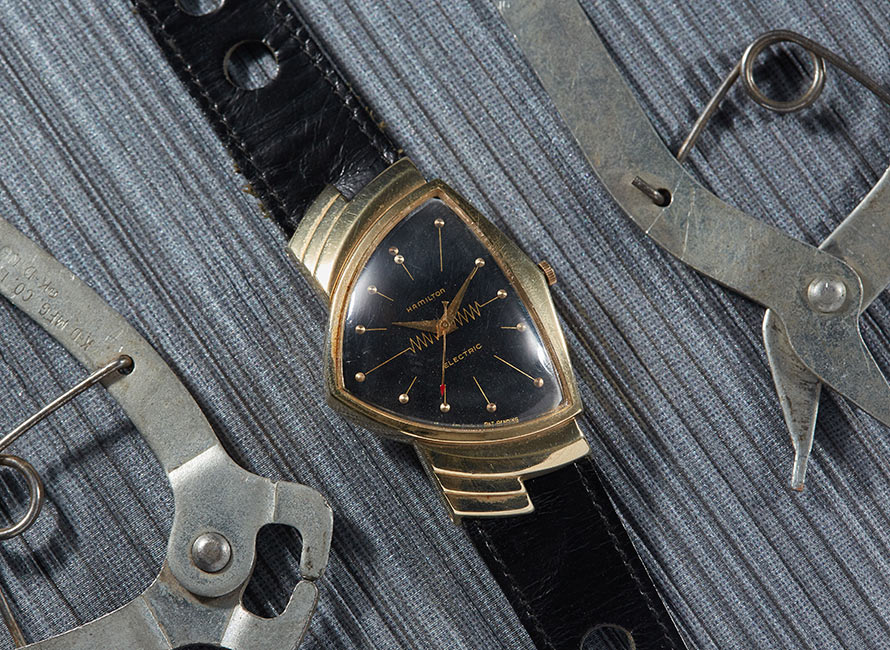
Hamilton’s Ventura looks futuristic even today, despite being designed in 1957. The model’s most innovative feature was its battery-powered electronic movement. But it would take another twelve years before the vibrations of quartz crystals would be used to regulate electronic timepieces. The Ventura was instead equipped with a more-or-less mechanical movement, equipped with an electric drivetrain.
Its unique design has truly stood the test of time, leading it to be featured in films such as Men in Black thanks to the almost sci-fi character of its then-revolutionary aesthetic. The Hamilton Ventura was even worn by Elvis Presley in the film Blue Hawaii. In our opinion, the timeless design and electronic movement of the Ventura was the first step towards the technology that would come to be the saviour of the entire industry. Even if the Swiss watch industry was affected by the arrival of cheaper electronic watches, battery-driven movements would come to be the innovation that kept the industry ticking over.
Zenith El Primero
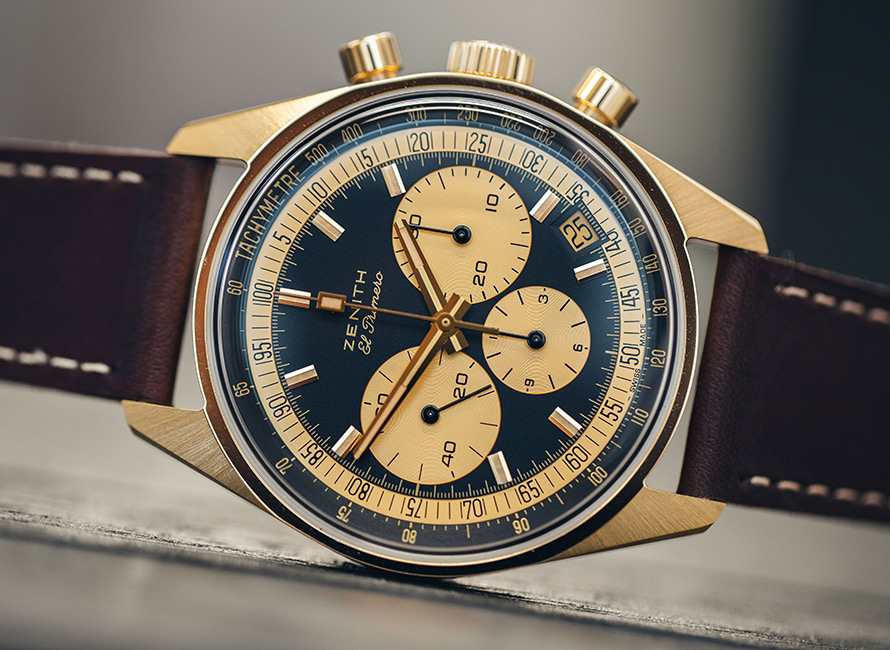
Zenith was established in Le Locle all the way back in 1865 by Georges Favret-Jacot, and quickly became known for producing some of the world’s most precise timepieces. After WWI, Zenith began experimenting with adding chronographs and alarm complications to their models. Automatic movements, using a rotor and kinetic energy from the wearer to keep the watch wound, had already been developed for standard three-handed watches, but had never before been used for a chronograph.








